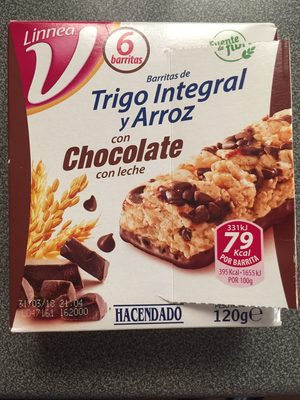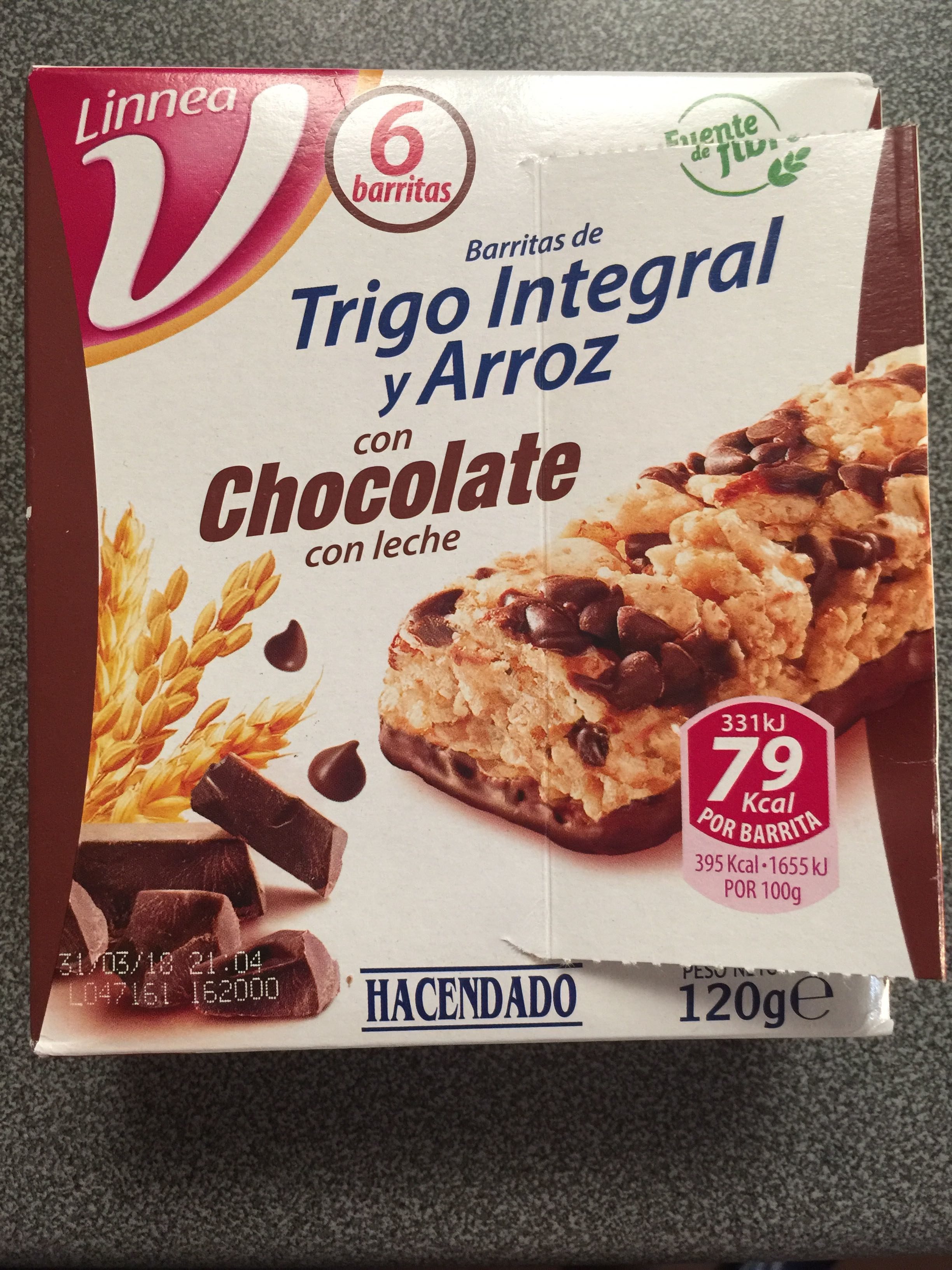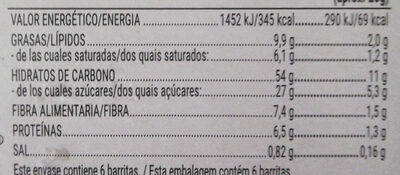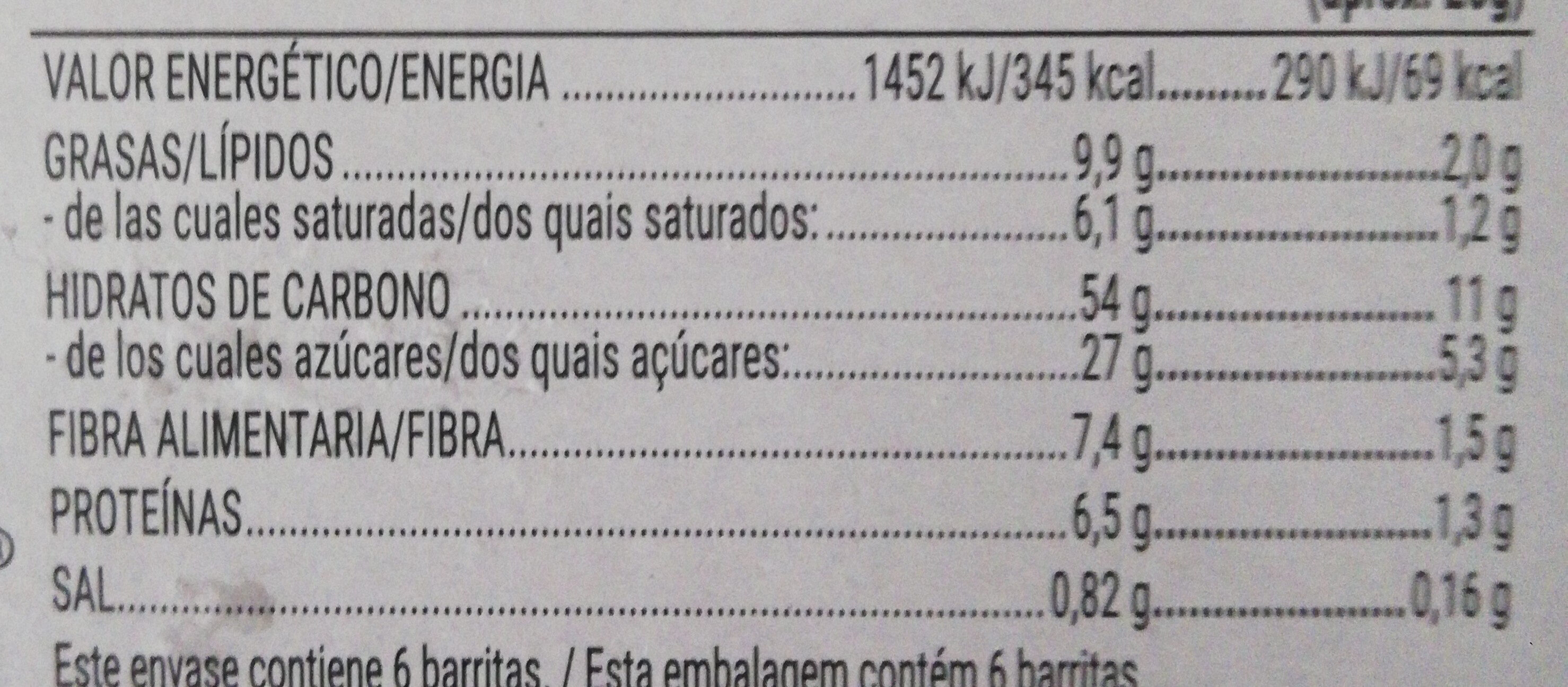Barritas chocolate leche - Hacendado - 120 g
Aquesta pàgina del producte no està completa. Podeu ajudar a completar-la editant-la i afegint-hi més dades a partir de les fotos ja disponibles, o fent-ne més amb l'aplicació de androide o iPhone / iPad. Gràcies!
×
Codi de barres: 8480000093509 (EAN / EAN-13)
Quantitat: 120 g
Empaquetament: en:Plastic cartón
Marques: Hacendado
Categories: Snacks, Aperitius dolços, Barretes, Barres de cereals
Etiquetes, certificacions, premis:
Source of fibre, Punt verd, Alt en fibra
Origen dels ingredients: Espanya
Llocs de fabricació o processament: Spain
Botigues: Mercadona
Països on es va vendre: Espanya
Matching with your preferences
Entorn
Empaquetament
Transport
Report a problem
Fonts de dades
Producte afegit per openfoodfacts-contributors
Última modificació de la pàgina del producte per roboto-app.
La pàgina del producte, també editada per acuario, anonymous-4nah6zmujq, dieta2022, ecoscore-impact-estimator, elcoco, gmlaa, inf, kiliweb, musarana, org-app-elcoco, packbot, tacite-mass-editor, teolemon, yuka.Yi9FRlRxRThqUElNdHNRd3B5elk0TkJTeG9EelhUcXJKckVESWc9PQ.










